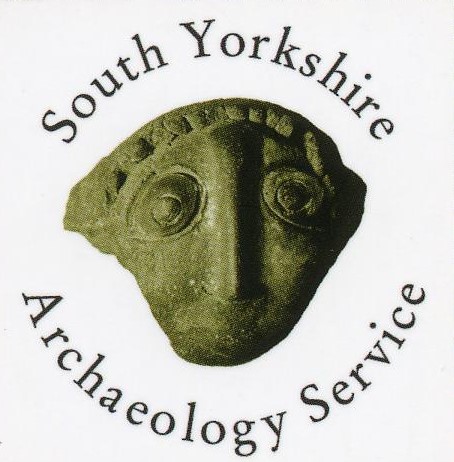The rarity of a heritage asset is appropriate for all asset types and is judged against local characteristics and themes. What may be rare in one part of the country may be widespread in another, so the rarity of an asset has to be considered in relation to individual circumstances in any local area.
Rarity can be assessed on both the function and attributes of a heritage asset, so for example if a building is of a similar date and style to those around it but is the only one to contain original internal features, it could be considered to be rare. Similarly, if an area is well-known for its 19th century smelting activities, but also contains a medieval furnace site, that association would also be considered as rare.
When identifying heritage assets for nomination, think about the asset’s features and attributes - what makes it stand out and are there other heritage assets in the area with similar features? Think about architectural embellishments, landscape features, associated artefacts, later refurbishment/repair work, etc. In addition, look at the condition of the asset - has it survived intact where others are in a poor state of preservation? Has the original design/layout been preserved despite later uses? Is it a particularly good example of its kind?
Sometimes even the smallest feature of an asset can contribute to its rarity, so it’s worth finding out as much about it as you can.
Here are the Rarity criteria for each asset type:
Buildings/Structures - Is the asset rare for the local area, or rare in the sense that it is a good surviving example of a particular type of structure?
Parks, Gardens & Designed Landscapes - Is the asset rare for the local area, or rare in the sense that it is a good surviving example of a particular type of designed landscape?
Archaeological Sites - Is the site likely to be well preserved, such as containing visible earthworks or structures, or with clear cropmark or geophysical evidence, or from recorded excavation evidence or associated finds.
Commemorative Monuments/Memorials/Statues - Is the asset rare for the local area, or rare in the sense that it is a good surviving example of a particular type of structure?
Places/Areas - Is the place rare, or unique, in terms of the period or event it represents, or survival of component elements?
